Espoo Museum of Modern Art
Art Pack
EMMA’s Art Pack is a special educational tool bringing art history to life for all learners keen to find out more about art.
The virtual version of EMMA’s Art Pack presents 3D images of artworks from eight different historical periods and geographical regions. By spinning the image you can look under and behind it, and by zooming in you can inspect the surface in close-up detail. Give it a try! When you click on Frost Bird, you can also view an animation showing how the sculpture was made.
Unknown artist: Kusura idol, ca. 3000 BCE
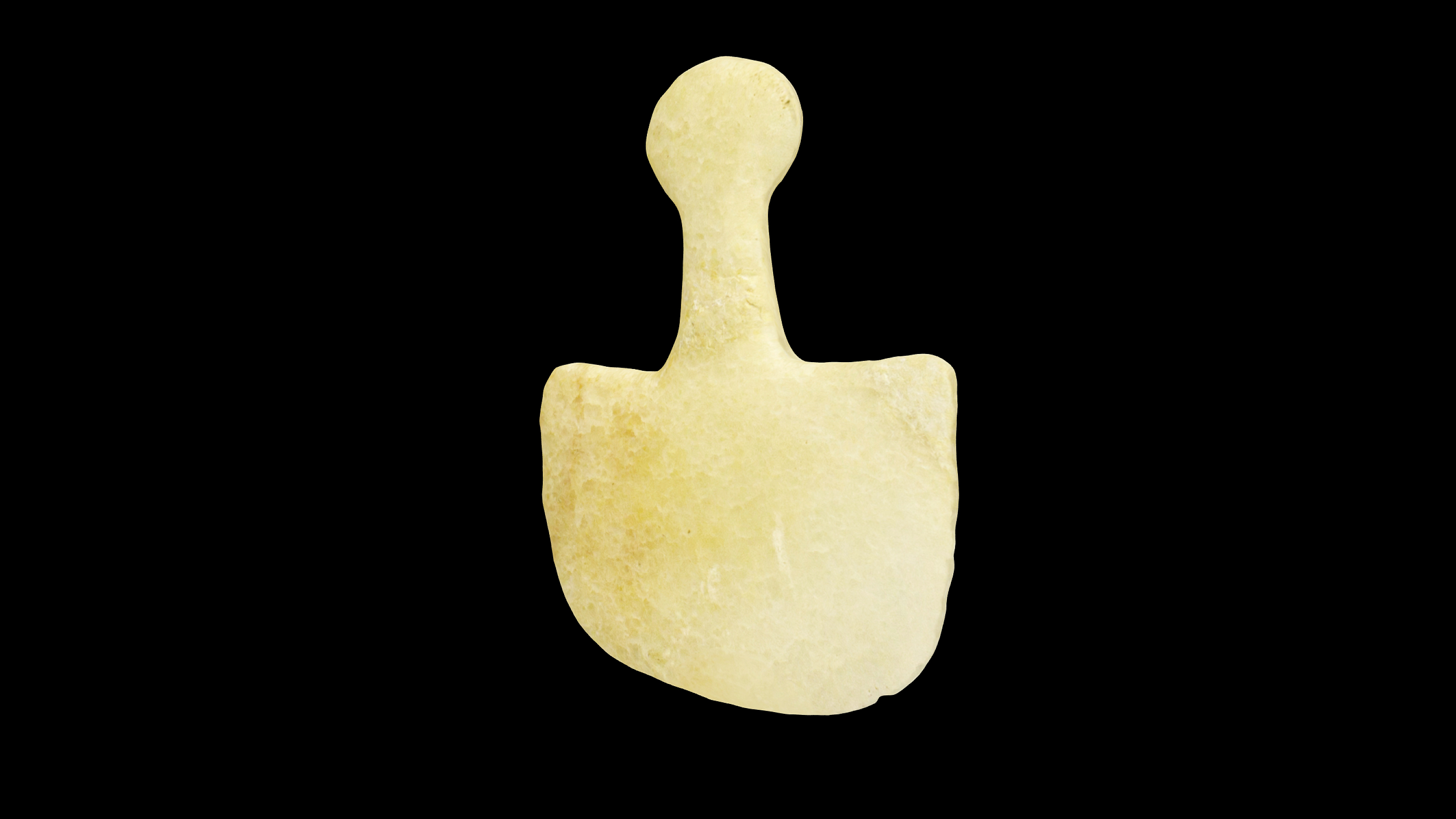
Idols like this statuette were made from a variety of materials during the Bronze Age. The piece is named after the site where it was discovered, the village of Kusura in south-west Anatolia, in the present-day territory of Turkey. The meaning and function of the idol is unknown, but presumably related to motherhood and fertility. See the Kusura idol in 3D..
Horse-head sculpture, 1271-1368
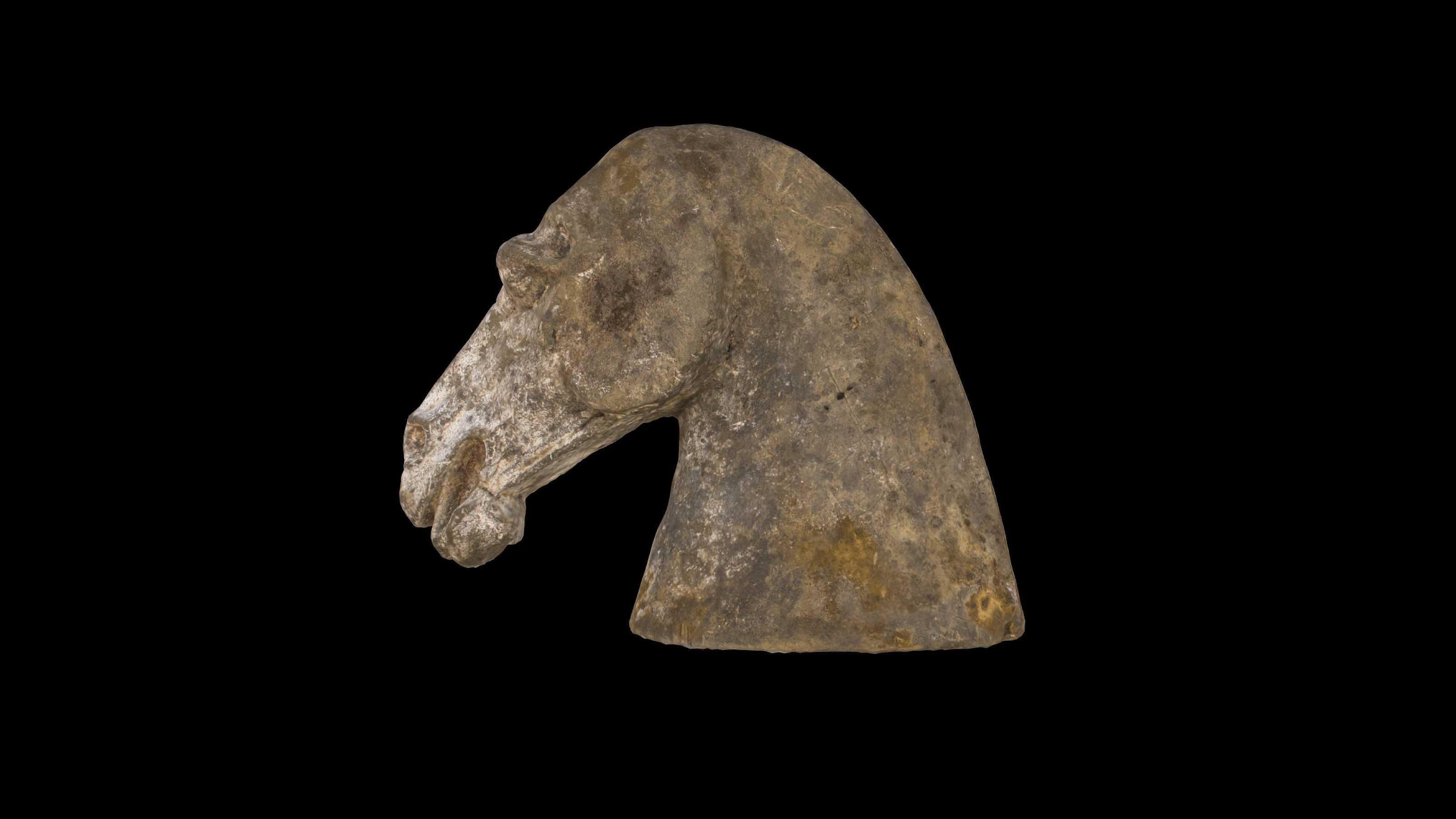
Artists often draw inspiration from earlier periods dating back hundreds or even thousands of years. This ancient Chinese sculpture dates from the time of the Mongol conquest of the Song dynasty. Although the new dynasty was named Yuan, meaning ‘new beginning’, ancient Chinese art was still highly valued. The original of this horse-head sculpture dates from the Han dynasty (206 BCE-200 CE). See the horse head sculpture in 3D.
Jacob Axel Gillberg, Portrait of a Young Woman, 1811
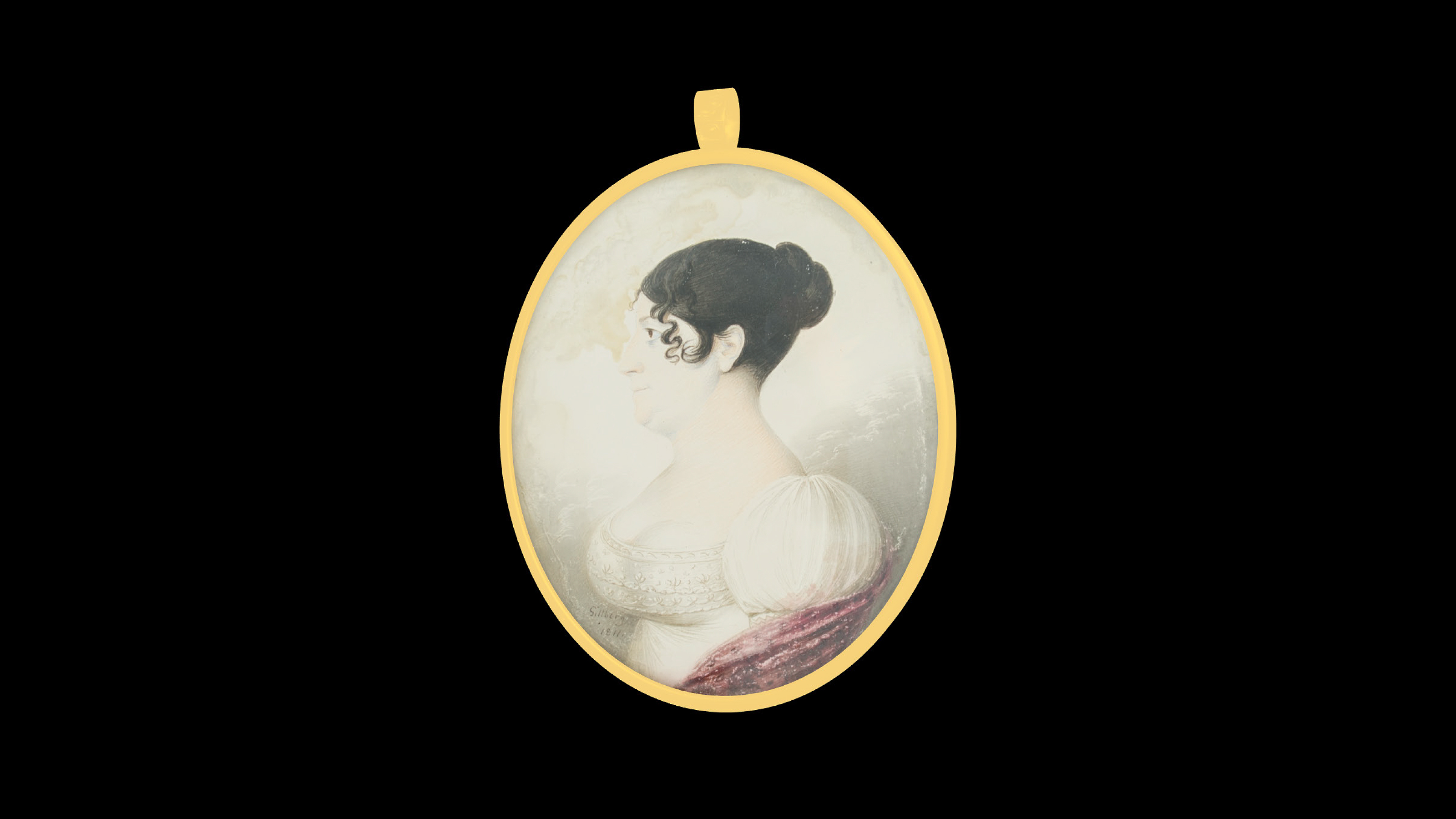
Portraits have played an intimate role in people’s lives throughout history. Artists have been commissioned to paint portraits for many centuries, and the tradition still lives on today. Jacob Axel Gillberg was a Swedish miniaturist who earned his livelihood by painting locket-sized portraits. He studied abroad and travelled around Europe painting portraits for private patrons.
A lock of the young woman’s hair is sealed inside the locket. What is the function of this keepsake, and why is it stored together with the miniature portrait?
Portraits continue to play an important role in modern society. Most of us carry thousands of self-portraits and pictures of friends and loved ones in our pockets. See the portrait in 3D.
Jacob Axel Gillberg, Portrait of an Officer, 1809 or 1811

Miniature portraits were fashionable in Europe throughout the 17th and 18th centuries until the advent of photography. A photograph takes only a split-second to capture, but painting a portrait is a time-consuming process. The sitter usually poses on repeated occasions, often for hours at a time. What would it be like have your portrait painted? See the portrait in 3D.
Petri Ala-Maunus, from the Cloudy Days series, 1998

This oil painting has an unusual shape. We are accustomed to looking at paintings on a flat canvas, but this cloudy landscape spills over the edges. How does the three-dimensional format alter the appearance of the landscape? Does the underside reveal anything about the painting’s birth process? See the painting in 3D.
Pekka Jylhä, With Tremor and Respect, 2005
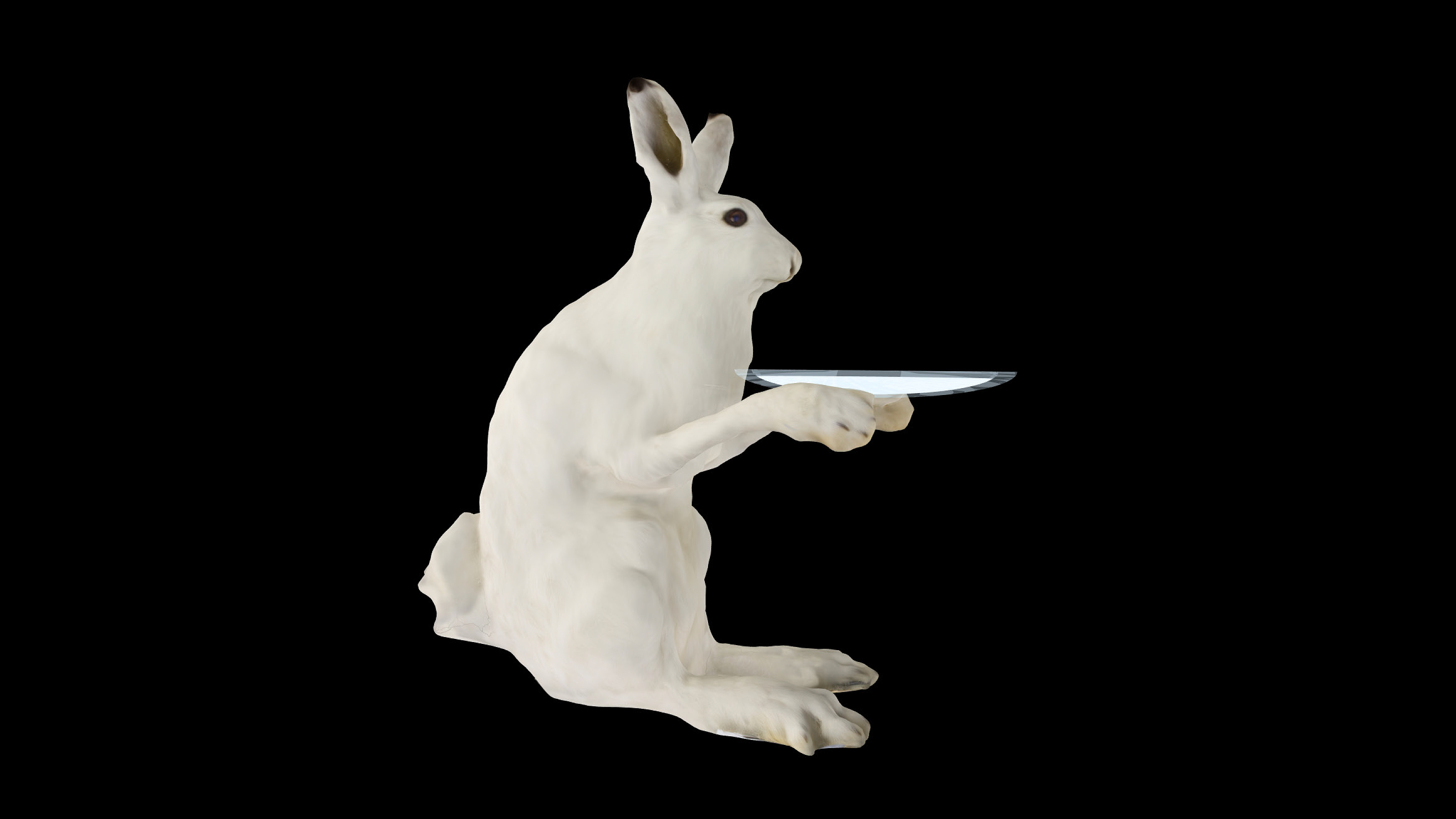
This piece from the Saastamoinen Foundation Collection is an all-time popular favourite. After many years on display, it is currently enjoying a well-deserved break and attention from our conversation team.
It depicts a white hare lifting a saucer of milk with trembling paws. Because the milk is real and the piece is motorized, it requires intensive upkeep and regular cleaning. EMMA’s conservation team keep the sculpture in mint condition.
Henrietta Lehtonen, A Blue and White Porcelain Cow
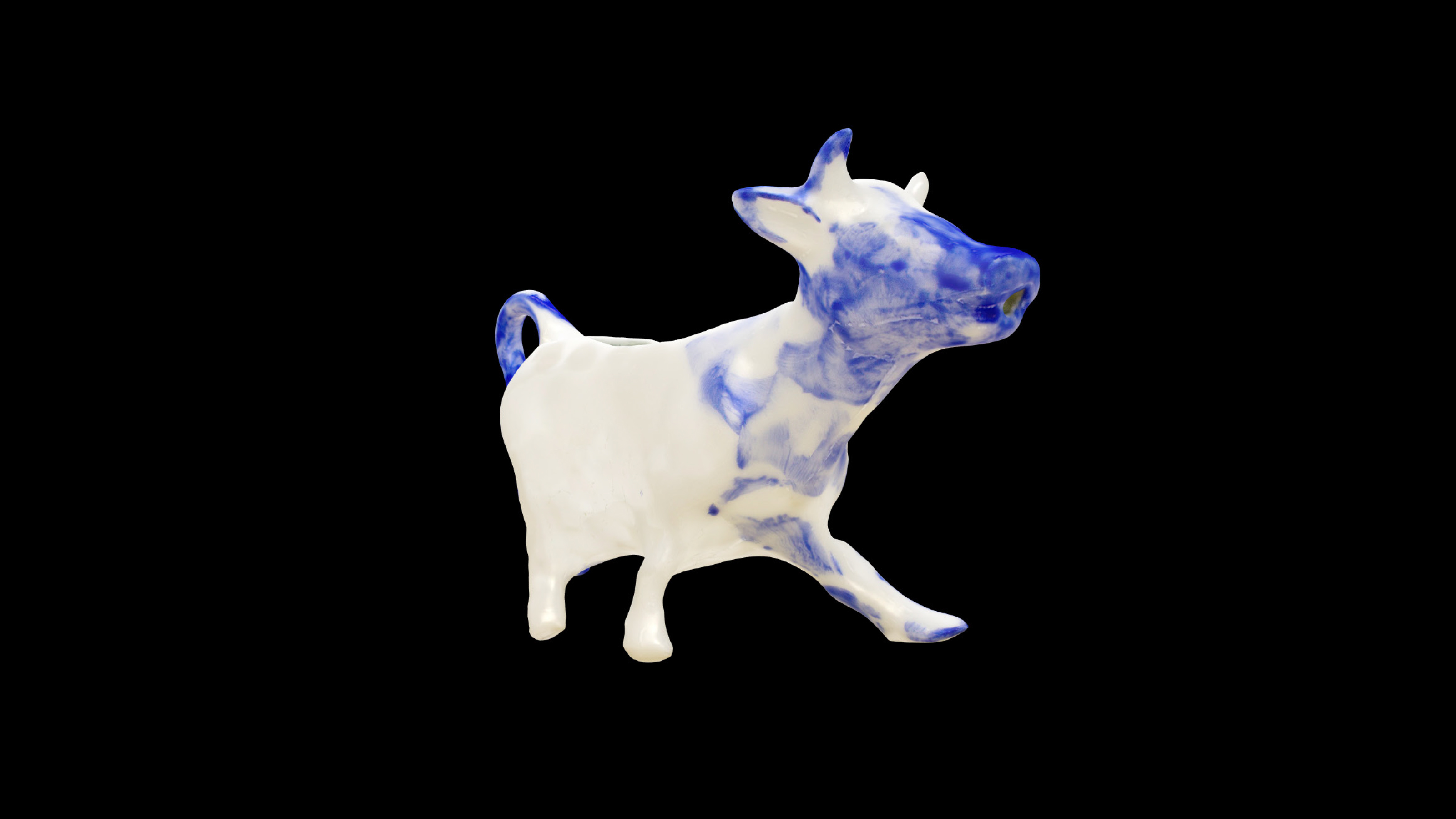
This small piece depicts a familiar domestic animal, a cow. The sculpture is a small jug smeared with smudges of blue. What kind of chinaware do you use in your home?
Pirkko Nukari, Frost Bird, 2006
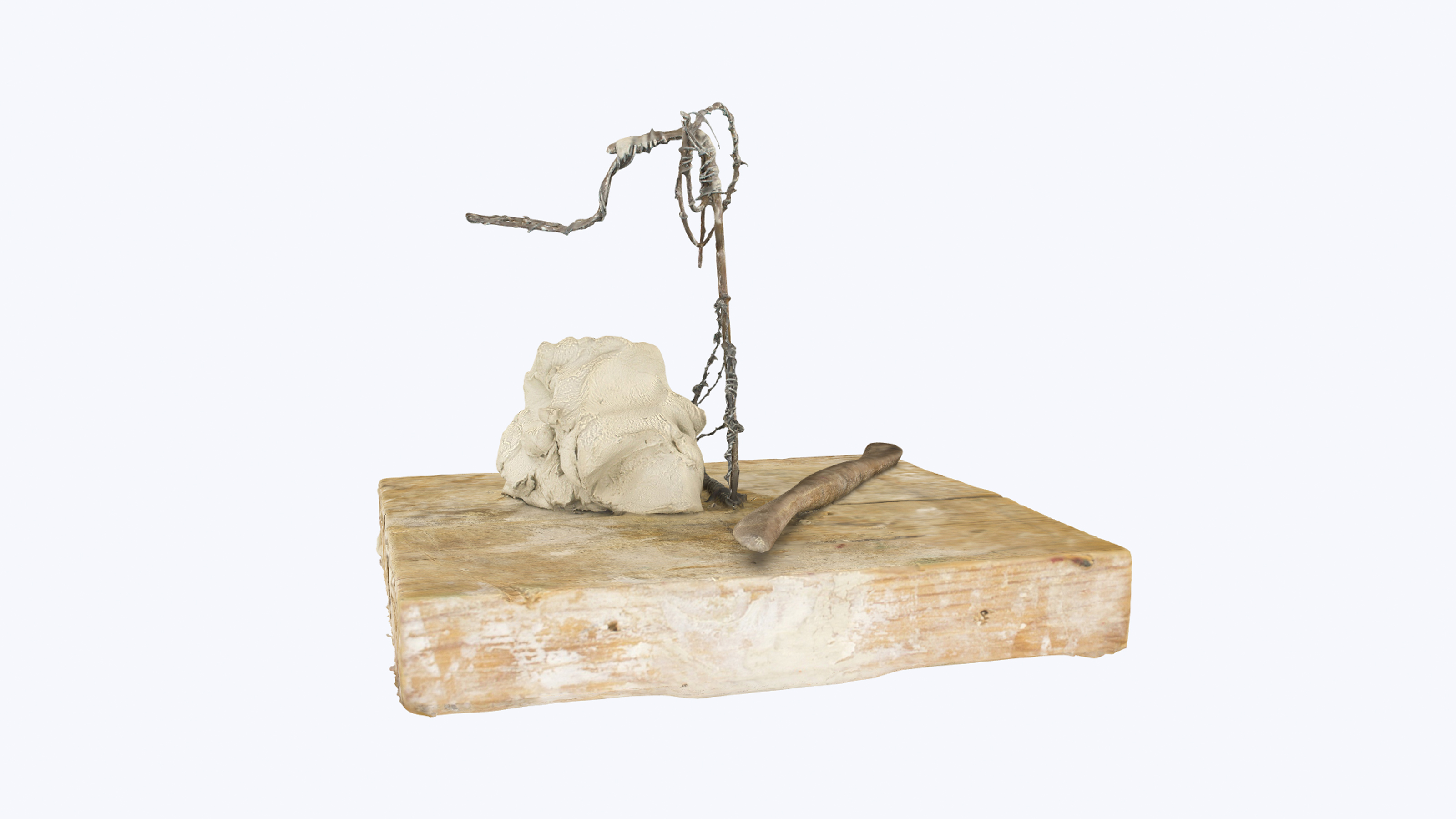
How is a scuplture made? The process may vary depending on the material and size of the sculpture. Pirkko Nukari has started with a steel wire skeleton. After many phases the result is a bronze bird. See how Frost Brid was made.